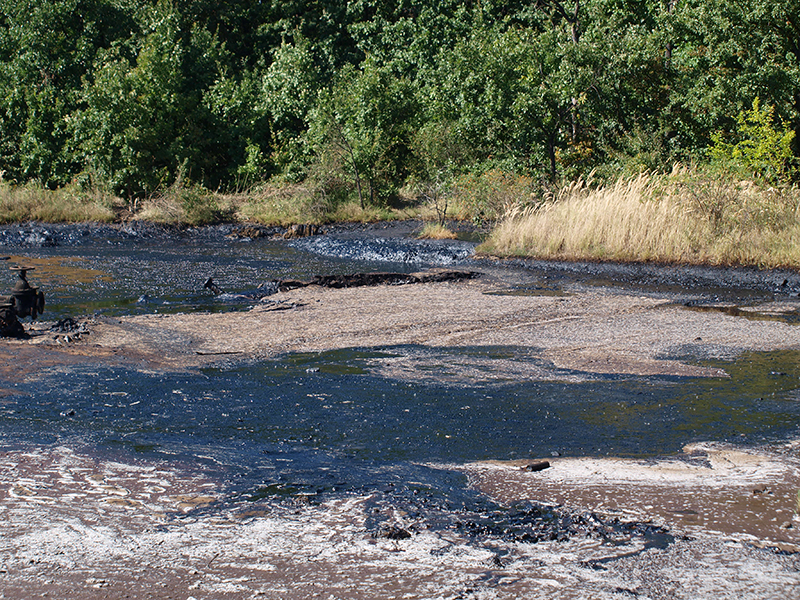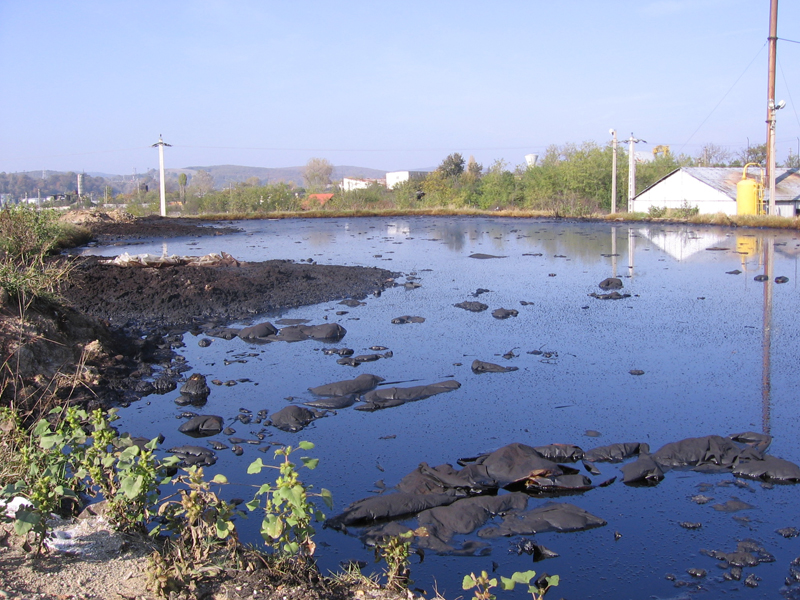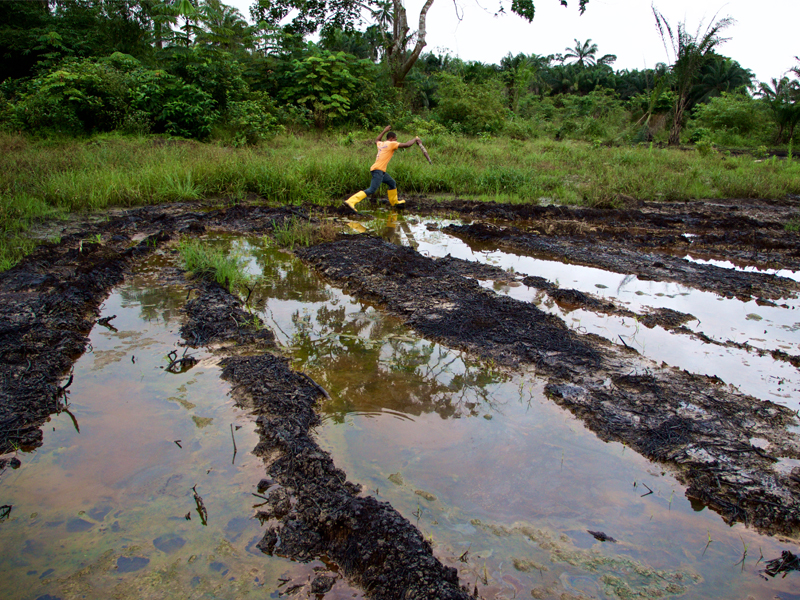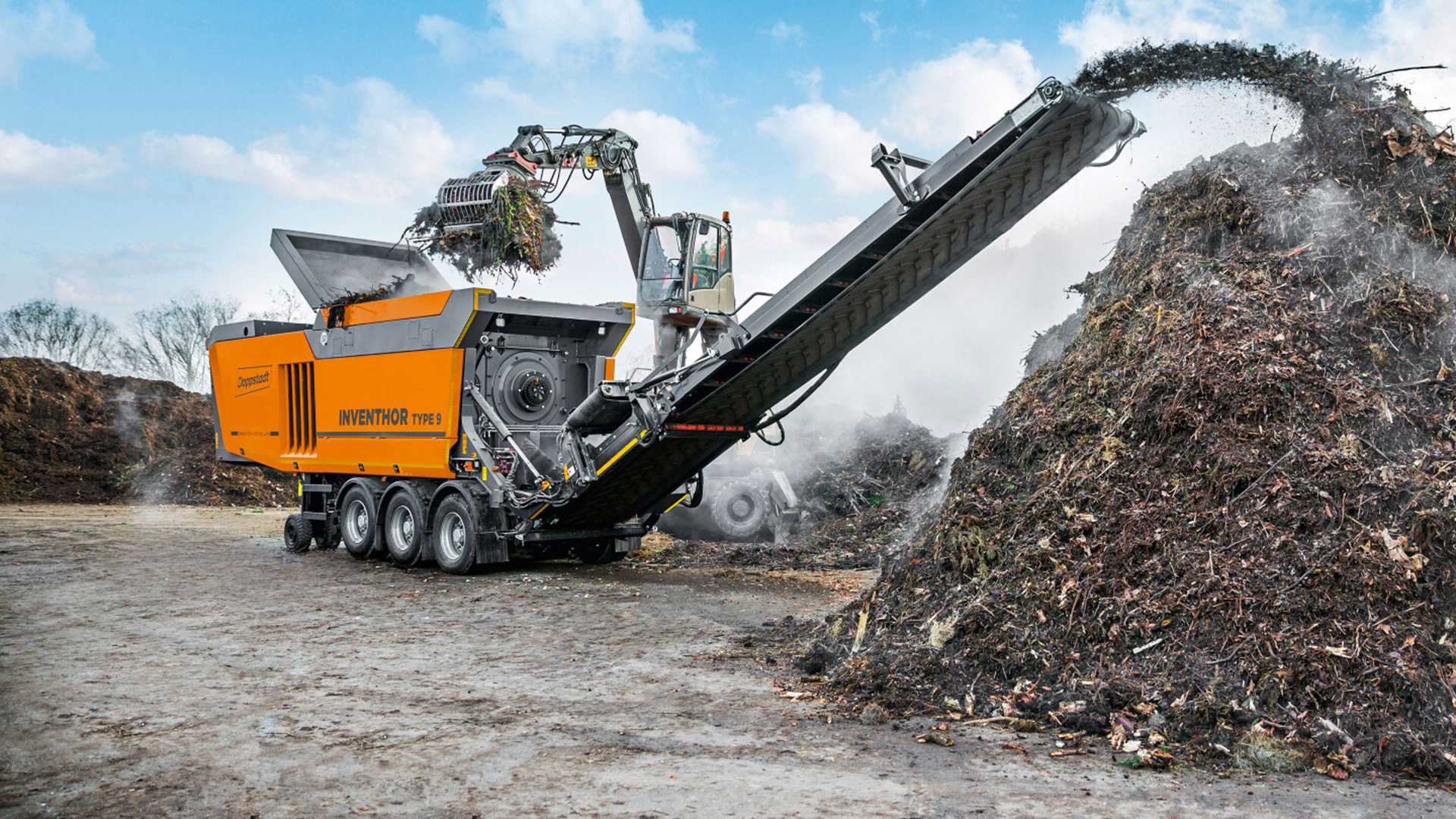
Oil Sludge Treatment and Disposal: A review
In the petroleum industry, the generation of oil sludge cannot be avoided and this is posing a global challenge in its treatment and management because of its hazardous nature.
Crude oily sludge is a recurrent problem leading to corrosive effects. One of them includes the cost of sludge removal and disposal, where the greater expense is the disposal fee of the environmentally-unfriendly material.
Since the problems of oily sludge generation is on increase, especially in the countries with access to oil reserves, it is imperative for the all-Environmental Protection Agencies or States Representatives to impose clear rules for the generators to apply the treatment methods to safely dispose this environmentally unfriendly materials (even we are talking about oil lagoons new generated or historical lagoons). Such measures can bring only benefits, considering the oil percentage that can be recovered and safe reused.
Few examples of oil sludge lagoons in Iraq, Turkmenistan, Africa
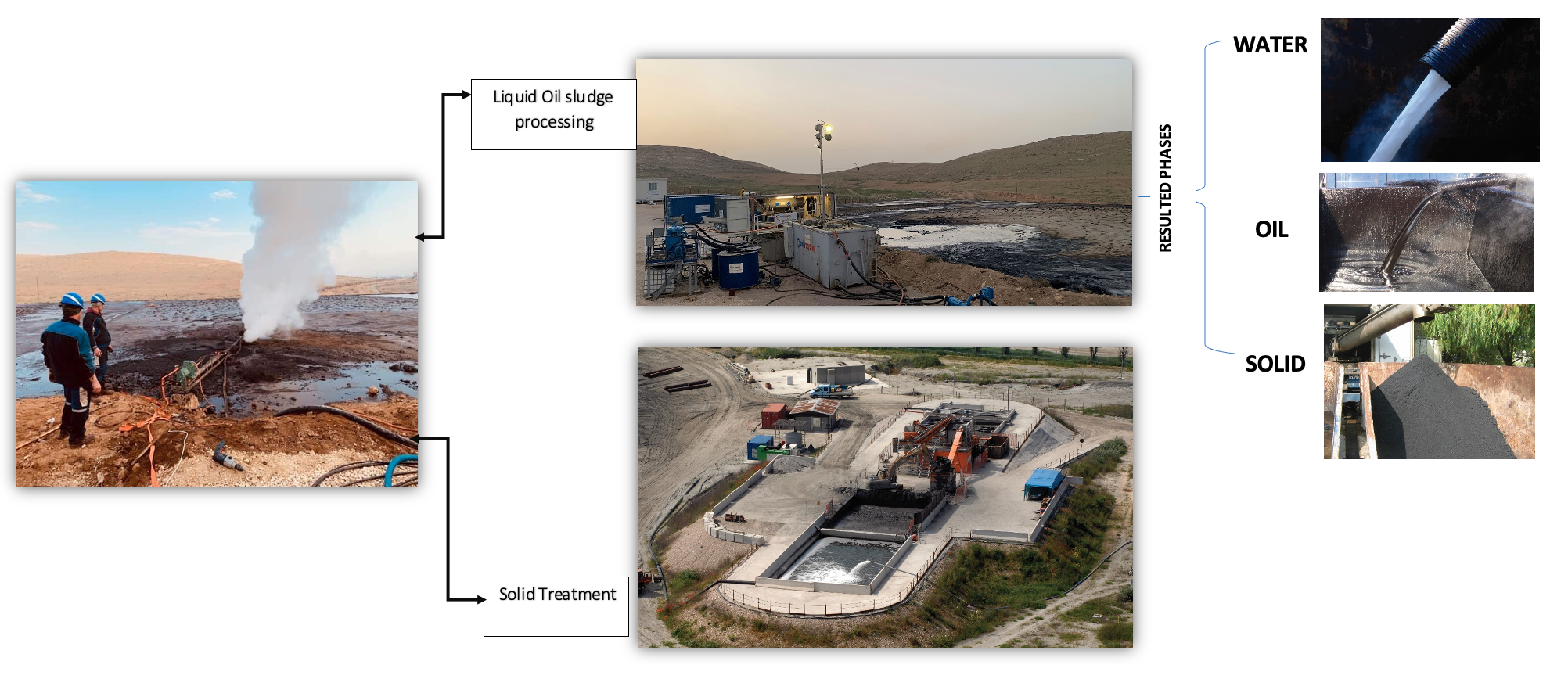
We are committed to a sustainable development and one of our aim is turning waste to value in global scale by recycling what is regarded as waste. In this case, we can confirm that the treatment and disposal of petroleum sludge has created a major challenge in recent years and it is absolutely necessary that all the oil sludge generators to take cognizance of the necessary methods of sludge treatment and implement accordingly.

In conclusion, as the dependency on petroleum products is increasing, which in turn unavoidably lead to increase in the generation of petroleum sludge, it will be indispensable to increase the measures by which the generators to be obliged to treat the sludge without violating the environment and health safety.



